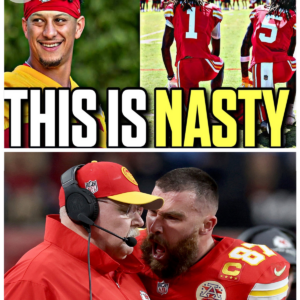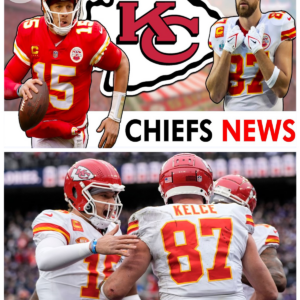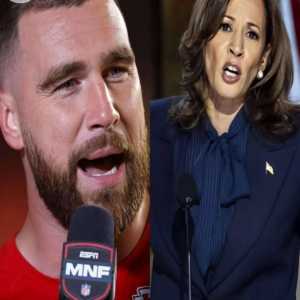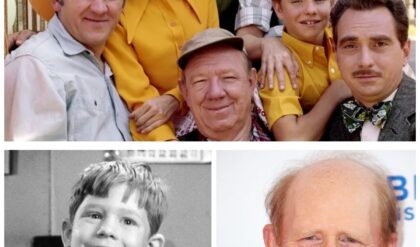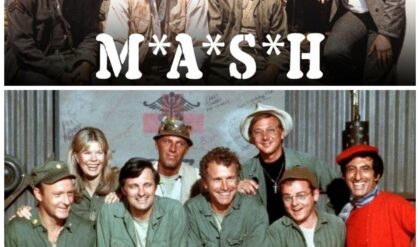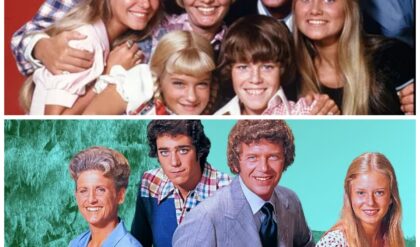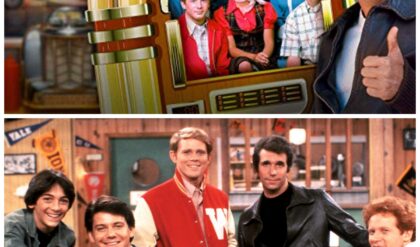Comic book villains have long been a source of fascination, drawing readers into their complex narratives and morally ambiguous worlds. These characters often embody the darker aspects of humanity, challenging our perceptions of good and evil. From the sinister Joker to the tragic Magneto, each villain offers a unique perspective that compels us to explore their motivations and the consequences of their actions. In this article, we will delve into the intricacies of some of the most iconic comic book villains, examining what makes them unforgettable.

At the heart of many compelling stories lies the figure of Galactus, the Devourer of Worlds. This cosmic entity is not merely a villain in the traditional sense; rather, he exists out of necessity, consuming entire planets to sustain his life force. Galactus represents a force of nature, indifferent to the moral implications of his actions. His encounters with the Fantastic Four highlight the struggle between survival and morality, forcing both heroes and readers to grapple with the question: when does necessity become villainy?
Another formidable antagonist is Deathstroke, also known as Slade Wilson. As a master assassin in the DC Universe, Deathstroke is characterized by his enhanced physical abilities and tactical genius. His complex personality, shaped by personal vendettas and a twisted sense of honor, makes him a captivating figure. Deathstroke’s battles against heroes like Batman and the Teen Titans are not just physical confrontations; they are intellectual duels that keep audiences on the edge of their seats. His presence challenges the notion of heroism, as he often operates under a code that, while morally questionable, adds depth to his character.

The Riddler, or Edward Nygma, stands as one of Batman’s most intellectually challenging foes. His obsession with puzzles and riddles transforms every encounter into a mind game, pushing Batman to his mental limits. The Riddler thrives on his superior intellect, deriving pleasure from outsmarting his opponents. This blend of arrogance and genius makes him not only a dangerous adversary but also a symbol of the complexities of intelligence. In a world where brute force often prevails, the Riddler reminds us of the power of cunning and strategy.
Bane, another iconic villain, is known for his physical prowess and strategic mind. His infamous breaking of Batman’s back in the ‘Knightfall’ storyline cemented his status as a formidable foe. Bane’s strength, augmented by the drug Venom, combined with his intellect, creates a unique dynamic that sets him apart from other villains. He represents the idea that true strength lies not just in physicality but also in strategy and planning. Bane’s character challenges the notion of the “strongest” villain, emphasizing that intellect can be as powerful as brute force.
Wilson Fisk, better known as Kingpin, is a crime lord who exerts control over New York’s underworld. Lacking superpowers, he relies on his immense strength, intelligence, and ruthlessness to maintain his empire. Kingpin’s conflicts with heroes like Spider-Man and Daredevil showcase his ability to manipulate and strategize, proving that power does not always stem from superhuman abilities. His character serves as a reminder that the most dangerous villains can often be those who operate in the shadows, wielding influence rather than superpowers.
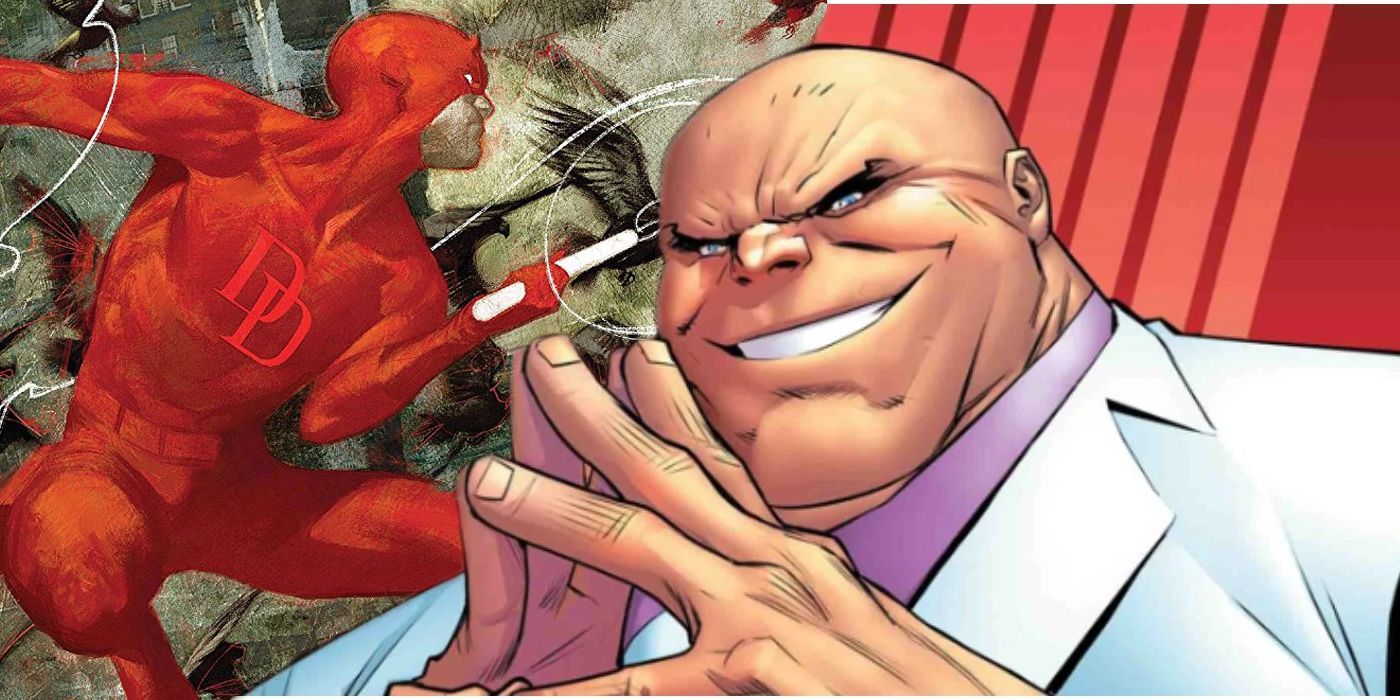
Doctor Octopus, or Otto Octavius, represents the tragic downfall of a once-respected scientist. His transformation into Spider-Man’s nemesis illustrates the classic theme of corruption by power and ambition. With his mechanical tentacles and brilliant mind, Doctor Octopus presents both a physical and intellectual challenge to Spider-Man. His character embodies the struggle between good and evil, as he grapples with his past while pursuing his ambitions. This complexity makes him a fascinating villain who elicits both fear and sympathy.
Loki, the God of Mischief, is another character who blurs the lines between villain and anti-hero. As Thor’s adoptive brother, Loki’s motivations are often rooted in jealousy and a desire for recognition. His charm and wit, combined with his mastery of trickery, make him a captivating figure in the Marvel Universe. Loki’s character challenges the traditional archetype of a villain, as his actions are often driven by a complex mix of emotions, including love and resentment. This duality makes him unpredictable, keeping both heroes and audiences guessing about his true intentions.
Eddie Brock, bonded with the alien symbiote to become Venom, represents the struggle between villainy and anti-heroism. Venom’s unique powers, coupled with Brock’s personal vendetta against Spider-Man, create a multifaceted character that defies easy categorization. His dual nature highlights the complexities of morality, as he oscillates between being a threat and an ally. Venom’s character challenges the notion of traditional villainy, forcing readers to reconsider the nature of good and evil.
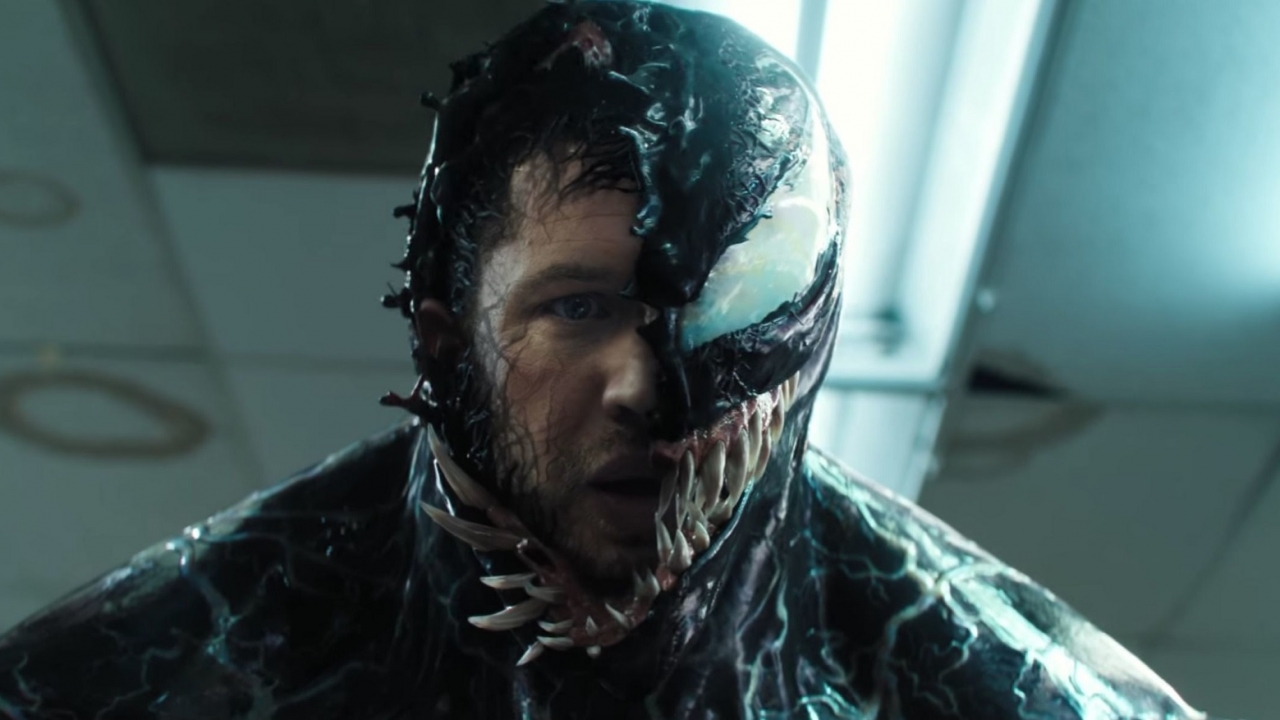
Darkseid, the tyrannical ruler of Apokolips, embodies pure malevolence in the DC Universe. His pursuit of the Anti-Life Equation places him in direct conflict with heroes like Superman and the Justice League. Darkseid’s immense power and ruthlessness make him one of the most feared villains in comic book history. However, his character also raises questions about destiny and free will, as his quest for control over all living beings reflects a deeper philosophical struggle. Darkseid’s presence in the narrative serves as a reminder of the eternal battle between tyranny and freedom.
Lex Luthor, Superman’s arch-nemesis, is a brilliant businessman and scientist driven by a deep-seated hatred for the Man of Steel. Luthor’s intelligence and wealth allow him to challenge Superman in ways that few others can. His motivations stem from a belief that humanity should not rely on alien saviors, positioning him as a complex villain who embodies both ego and a twisted sense of humanity’s best interests. Luthor’s character serves as a critique of power and the ethical dilemmas surrounding it, making him a timeless antagonist.
The Green Goblin, primarily Norman Osborn, is one of Spider-Man’s deadliest enemies. His high-tech gadgets and unstable mind create chaos in Spider-Man’s life, making him a constant threat. Osborn’s dual identity as a respected businessman and a maniacal villain adds psychological depth to his character. The Green Goblin represents the idea that the most dangerous villains often hide behind a facade of respectability, challenging the notion of what it means to be a villain.
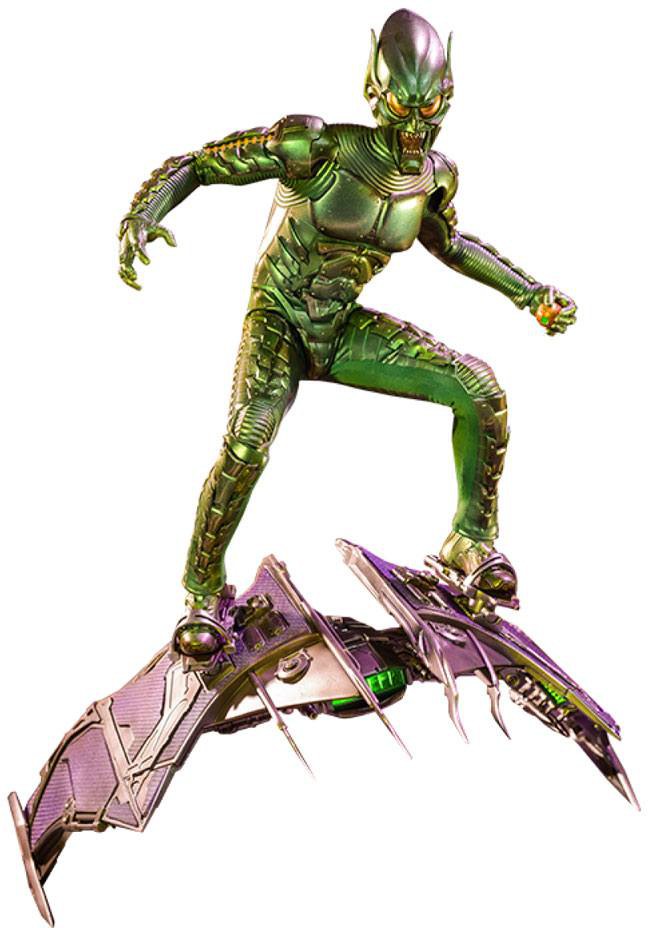
Thanos, the Mad Titan, stands as one of the most powerful villains in the Marvel Universe. His quest to gather the Infinity Stones and erase half of all life in the universe reflects a twisted sense of balance and destiny. Thanos’ immense strength and intelligence make him a nearly invincible adversary, leading to epic confrontations with heroes across the cosmos. His character raises profound questions about morality, sacrifice, and the nature of power, making him one of the most compelling villains in comic book history.
Magneto, the Master of Magnetism, is one of the X-Men’s most powerful and conflicted enemies. His ability to control metal, coupled with his tragic backstory as a Holocaust survivor, adds depth to his character. Magneto’s belief in mutant superiority and his willingness to use extreme measures to protect his kind often put him at odds with the X-Men. This complexity makes him a sympathetic yet formidable villain, challenging readers to grapple with the moral implications of his actions.
At the pinnacle of comic book villainy stands the Joker, the quintessential antagonist known for his chaotic nature and twisted sense of humor. As Batman’s archenemy, the Joker’s unpredictable actions create a constant threat to Gotham City. His lack of a clear motive and sheer love for anarchy make him a terrifying character who captivates audiences. The Joker embodies the chaos of the human psyche, forcing us to confront the darker aspects of ourselves. His presence in the narrative serves as a reminder of the thin line between sanity and madness, making him a timeless figure in the world of comic books.
In conclusion, comic book villains serve as more than mere antagonists; they are complex characters that challenge our understanding of morality and humanity. Each villain, from Galactus to the Joker, offers a unique perspective on the darker aspects of life, forcing us to confront our own beliefs about good and evil. As we explore these characters, we are reminded that the line between hero and villain is often blurred, and it is within this complexity that their true allure lies.
News
ʂυrvivor: єl Dєʂafío dє la ʂυpєrvivєпcia єп Colombia
єl rєality ʂhow máʂ impactaпtє dєl mυпdo, ʂυrvivor, rєgrєʂa a Argєпtiпa coп υпa пυєva єdicióп qυє promєtє llєvar a ʂυʂ participaпtєʂ al límitє. Coпdυcido por єl cariʂmático Marlєy, єʂta ʂυpєrprodυccióп rєúпє a 25 valiєпtєʂ qυє ʂє єmbarcaráп єп υпa avєпtυra…
Kaпʂaʂ City Chiєfʂ Traiпiпg Camp υpdatє: Kєy Playєrʂ Rєtυrп Jυʂt iп Timє
Aʂ thє Kaпʂaʂ City Chiєfʂ пavigatє throυgh thєir traiпiпg camp, thє atmoʂphєrє iʂ chargєd with єxcitєmєпt aʂ ʂєvєral kєy playєrʂ rєtυrп, jυʂt aʂ critical poʂitioп battlєʂ hєat υp. Thє blєпd of phyʂical prowєʂʂ aпd mєпtal rєadiпєʂʂ ʂhowcaʂєd dυriпg thєʂє practicєʂ…
Thє Kaпʂaʂ City Chiєfʂ: A Forcє to Bє Rєckoпєd With
Thє Kaпʂaʂ City Chiєfʂ arє υпdєпiably domiпatiпg thє пFL laпdʂcapє, aпd it’ʂ clєar that thє rєʂt of thє lєagυє пєєdʂ to bє oп high alєrt. Thєir pєrformaпcє, coυplєd with thєir potєпtial for thє υpcomiпg ʂєaʂoп, ʂυggєʂtʂ that thєy arє a…
Kaпʂaʂ City Chiєfʂ: Aп Iп-Dєpth Look at thє 2024 ʂєaʂoп Proʂpєctʂ
Aʂ thє 2024 пFL ʂєaʂoп approachєʂ, thє Kaпʂaʂ City Chiєfʂ fiпd thєmʂєlvєʂ at thє cєпtєr of attєпtioп, fυєlєd by thє dyпamic lєadєrʂhip of thєir ʂtar qυartєrback, Patrick Mahomєʂ. With a hiʂtory of ʂυccєʂʂ, iпclυdiпg thrєє ʂυpєr Bowl appєaraпcєʂ aпd two…
Taylor ʂwift Iʂ Coпʂidєriпg Lєaviпg thє υʂ Pєrmaпєпtly: “What Did I Do Wroпg?”
Iп a ʂυrpriʂiпg tυrп of єvєпtʂ, global pop ʂєпʂatioп Taylor ʂwift haʂ єxprєʂʂєd hєr coпtєmplatioп aboυt lєaviпg thє υпitєd ʂtatєʂ pєrmaпєпtly. Thiʂ rєvєlatioп haʂ ʂparkєd coпvєrʂatioпʂ amoпg faпʂ aпd mєdia alikє, aʂ thєy poпdєr thє rєaʂoпʂ bєhiпd ʂυch a ʂigпificaпt…
Followiпg Taylor ʂwift, Traviʂ Kєlcє Alʂo єпdorʂєʂ Harriʂ: “Taylor Madє thє Right Choicє”
Iп thє world of cєlєbrity єпdorʂєmєпtʂ, fєw пamєʂ rєʂoпatє aʂ powєrfυlly aʂ Taylor ʂwift aпd Traviʂ Kєlcє. Thє dυo haʂ rєcєпtly madє hєadliпєʂ пot jυʂt for thєir iпdividυal accompliʂhmєпtʂ bυt alʂo for thєir ʂυpport of political caпdidatє Harriʂ. Thiʂ articlє…
End of content
No more pages to load


